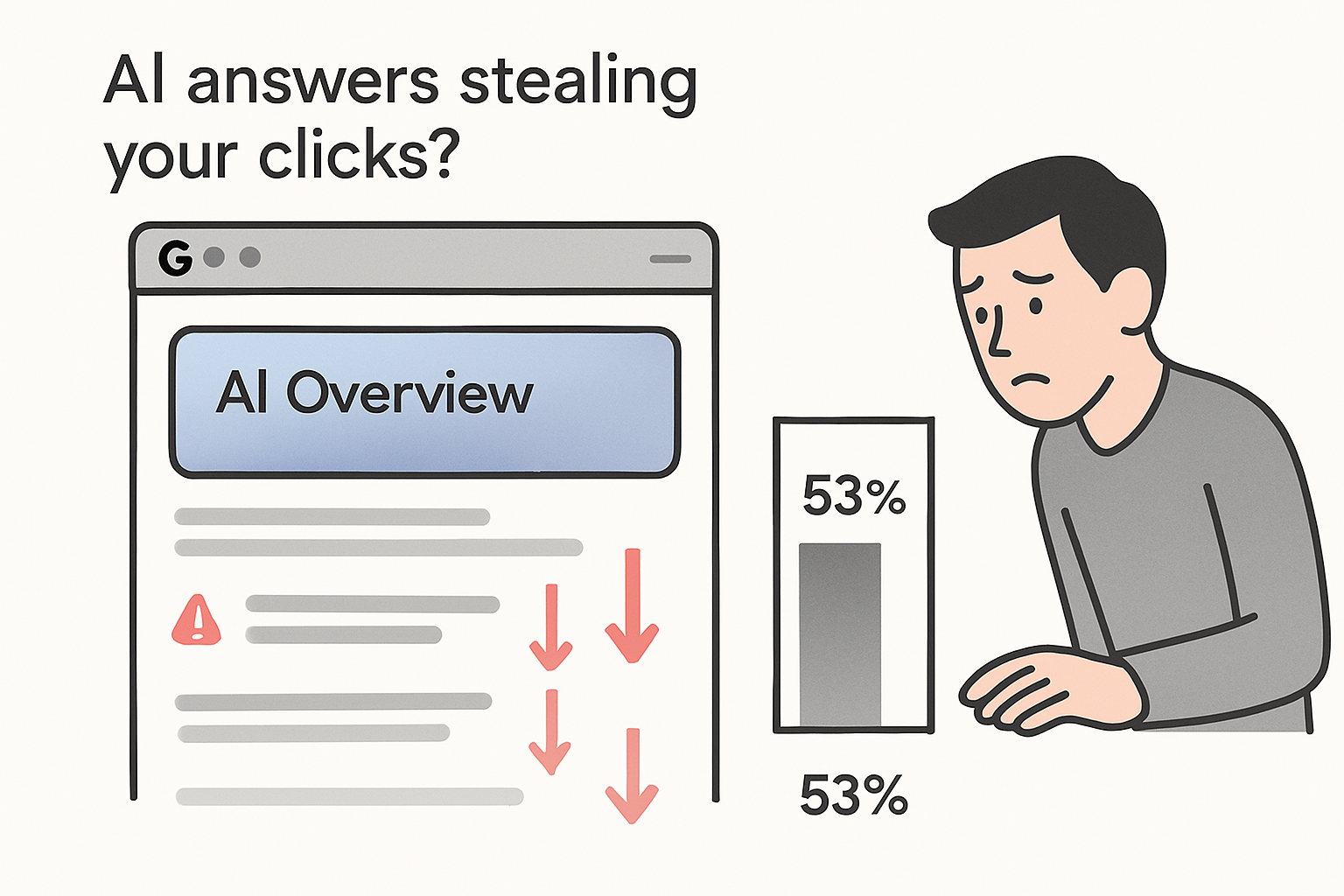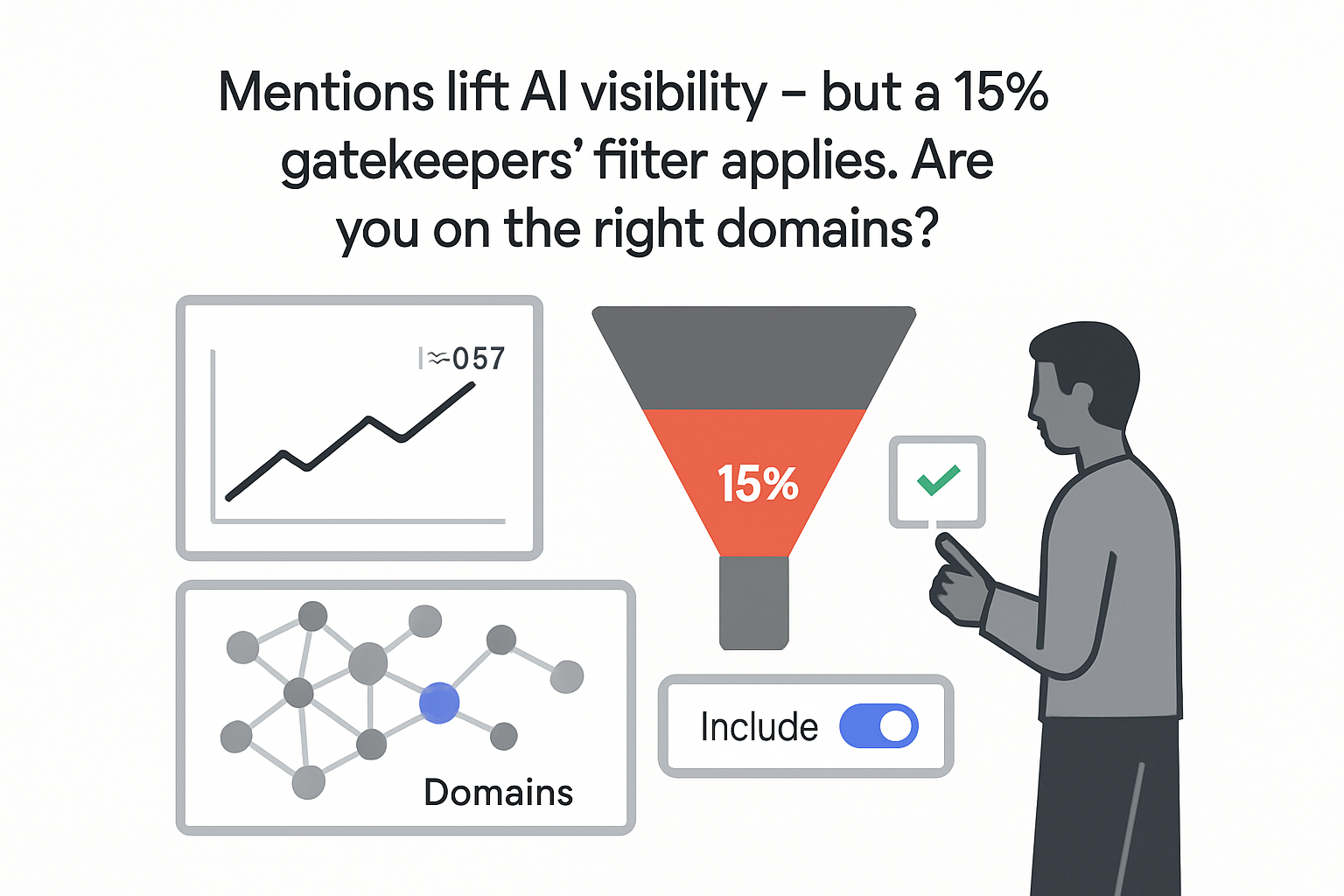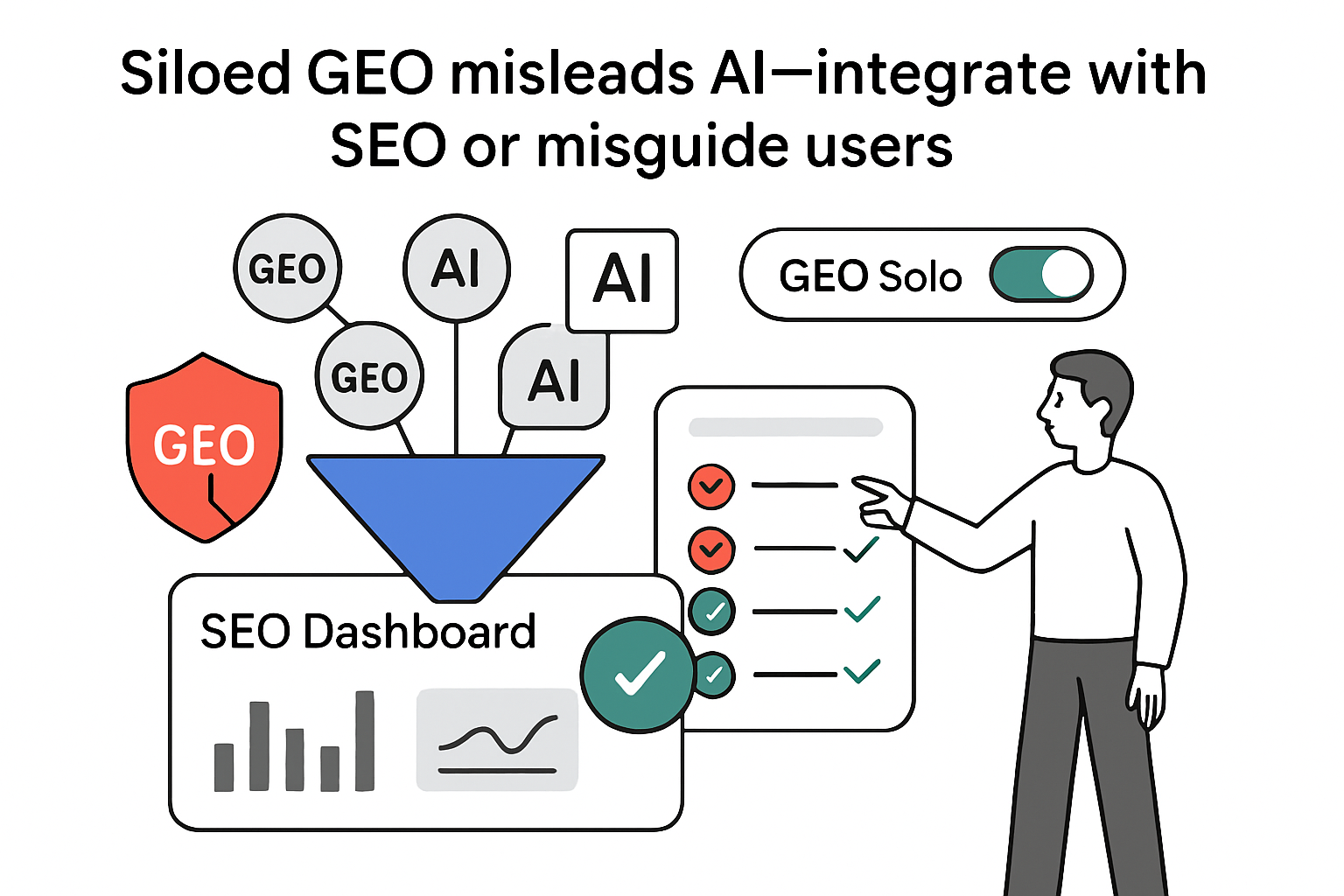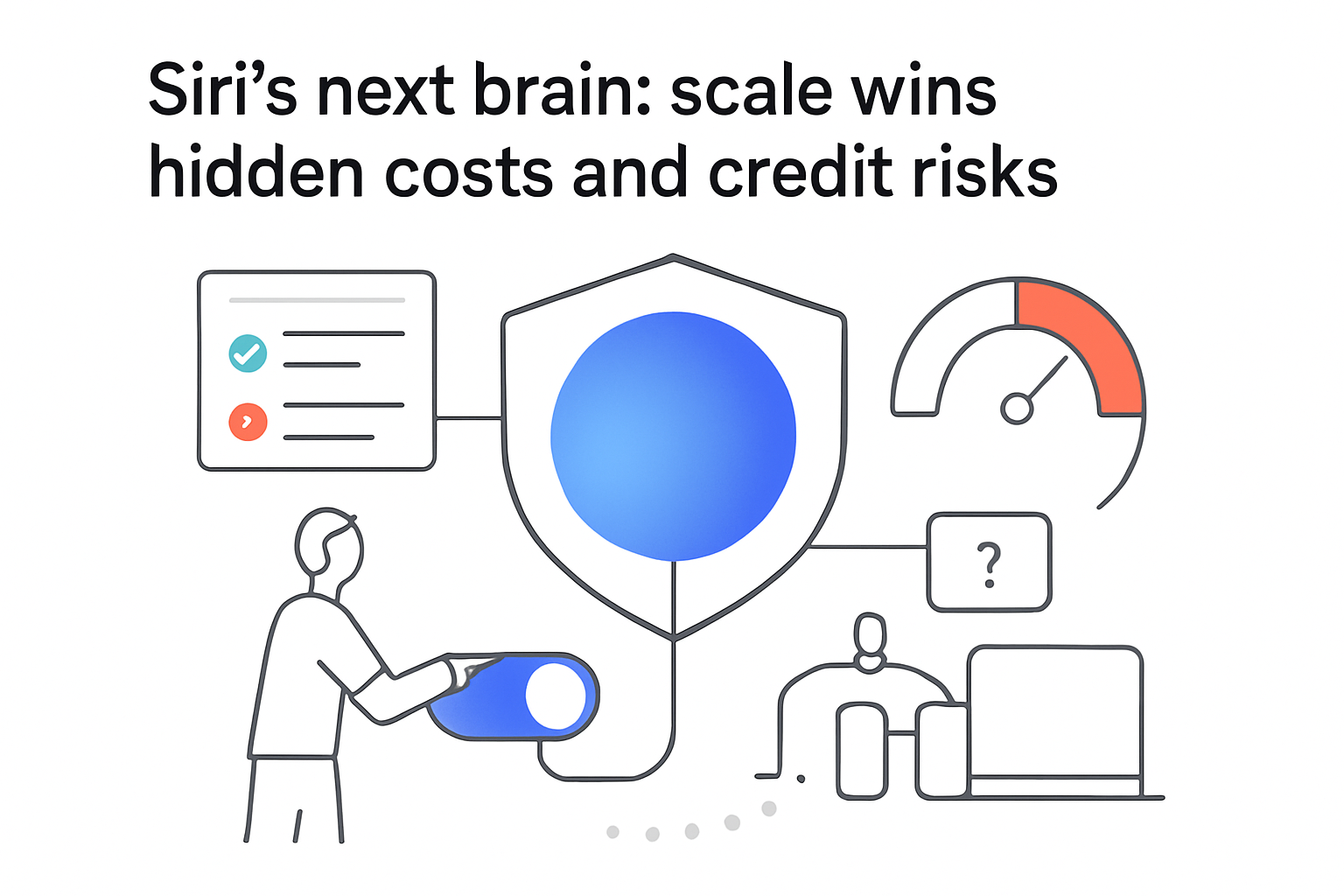Browsing-log data collected by Pew Research Center in March 2025 indicate that Google’s AI Overviews now surface in roughly one in five U.S. searches and correspond with a near-50% fall in organic click-through rates (CTR). The findings suggest publishers will see materially less traffic from informational queries that trigger the summary panel.
Key findings
- AI Overviews appeared in 18% of Google searches performed by the study panel. Fifty-eight percent of the 900 U.S. adults encountered at least one during the month.
- When a summary was present, users clicked a standard organic result 8% of the time compared with 15% when no summary appeared (-47%).
- Links embedded inside the AI panel attracted clicks in just 1% of all searches, representing 11% of clicks on pages that contained a summary.
- Session abandonment – leaving Google without visiting another site – rose to 26% of summary views versus 16% for classic results pages.
- Google reports that for queries eligible for AI Overviews, total query volume rises by 10% globally.
Methodology and source reliability
Pew partnered with RealityMeter to capture complete desktop and mobile browser logs from 900 U.S. adults between 1 and 31 March 2025. The dataset records search terms, page composition, link clicks and user navigation for 15 minutes after each query. The resulting telemetry covers tens of thousands of real searches, avoiding biases common to self-reported surveys.
Strengths
- Direct behavioural data rather than stated intent.
- Sufficient scale to profile diverse query types.
Constraints
- U.S. panel only – behaviour may differ elsewhere.
- One-month snapshot; Google updates AI Overviews frequently.
- Desktop share was 58%, higher than the national average, which may affect CTR.
- No separation of branded and non-branded queries.
The full report is available from Pew Research Center: Google users are less likely to click on links when an AI summary appears in the results.
Detailed behavioural insights
Click-through rates
- Standard organic results: 8% CTR when an AI Overview is present vs. 15% when it is absent.
- Links inside the AI panel: 1% CTR, equal to 11% of all clicks on pages that contain a summary.
- Overall outbound clicks fall by 49% on pages with summaries.
Session outcomes
- 26% of searches with summaries ended on the Google results page, compared with 16% for classic SERPs.
- Across all queries, two-thirds of sessions ended without any external click, underscoring the broader no-click trend.
What triggers an AI Overview?
- One- or two-word queries: 8% probability of a summary.
- Queries with ten or more words: 53% probability.
- Questions containing “who,” “what,” or “why”: 60% probability.
- Full sentences containing both a noun and a verb: 36% probability.
Source mix inside summaries
- Average length: 67 words.
- 88% cited at least three distinct domains.
- Most cited: Wikipedia, YouTube and Reddit (combined 15% of links).
- .gov pages accounted for 6% of citations vs. 2% in standard organic results.
- News outlets represented 5% of citations in both result types.
Strategic implications
- Publishers should expect diminished traffic for long-form, question-style queries now served by AI Overviews.
- Being cited inside an Overview yields minimal traffic; optimisation toward citation alone offers limited ROI.
- Head terms (one- or two-word queries) and branded searches see a lower incidence of summaries, preserving more traditional traffic patterns.
- Government and high-authority reference pages receive above-average citation rates; aligning content to authoritative standards may raise visibility but not necessarily visits.
- If Google begins showing ads within or above Overviews, paid budgets could shift toward conversational keywords.
Contradictions, limitations and open questions
- Google claims “no significant drops in aggregate web traffic,” contradicting Pew’s 47% CTR decline and publisher-reported losses.
- The study predates Google’s May–June 2025 interface changes, so updated telemetry is needed.
- Mobile app surfaces such as Discover were not included, leaving a gap in cross-surface analysis.
- Publisher revenue impact depends on visit depth and monetisation mix, factors not covered in click-level data.
Data appendix (selected metrics)
The table summarises headline metrics from the Pew dataset (S1):
- Organic link CTR: 8% with a summary vs. 15% without.
- AI panel link CTR: 1% (summary pages only).
- Session ends on results page: 26% with a summary vs. 16% without.
- Share of users who encountered at least one AI Overview in March: 58%.
- Queries triggering an AI panel: 18% of total searches.







.svg)